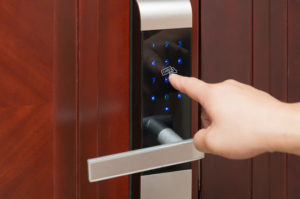What is the Correct Tyre Pressure
When discussing the car tyre pressure, you’ll find that we mostly use terms like under inflation and over inflation. Under inflation is when the tyre’s pressure is lesser than the recommended level. Over inflation on the other hand, is used to refer to tyre pressure that exceeds the set limits. Thus in the world of car tyre pressure, we talk of an under inflated tyre, correctly inflated tyre, or over inflated tyre. As the car owner, it is for you to ensure that the tyres are always properly inflated at all times. Over inflated tyres are dangerous to drive on especially in wet surfaces, or when braking. Likewise, under inflated tyres aren’t safe either; they lead to higher fuel consumption, loss of speed, damage to the rims, even instability of the car.
The correct tyre pressure for your car is dependent on these things;
- What are the driving conditions? Different driving conditions will determine the pressure of your tyres. For instance, any experienced drivers will tell you that when driving in wet or muddy off-road conditions, you always deflate the tyres a bit. This helps give the tyres more grip on the wet surface. However, tyres that have been deflated intentionally won’t do so well on ordinary conditions like a tarmac; that’s why different driving conditions call for different tyre pressure.
- What work does the car do? This is another crucial consideration. Trucks and other heavy duty vehicles that carry heavy cargo are always prone to tyre bursts. These occur as a result of the heavy cargo they carry and the friction between the tyre and road surface. These trucks will often deflate their tyres a bit in order to reduce tyre burst chances. Smaller and ordinary cars can do with the ordinary pressure as they aren’t meant for heavy loads that may cause unnecessary friction.
- Lastly, the condition of the tyres themselves matters; older car tyres or those that have had punctures before are always more delicate, in comparison to newer ones. Too much pressure on such tyres may open old wounds, literally. Thus, where new tyres are ok handling maximum pressure, the same may not e said of older tyres. Doing so may worsen punctures that had been amended or lead to tyre bursts.
The most important thing is that you get in touch with a car tyre maintenance centre, let them inspect your tyres first before recommending the right pressure. That way, you can always rely on their professional advice to keep you correctly inflated at all times.
See the mobile tyre fitting Romford

